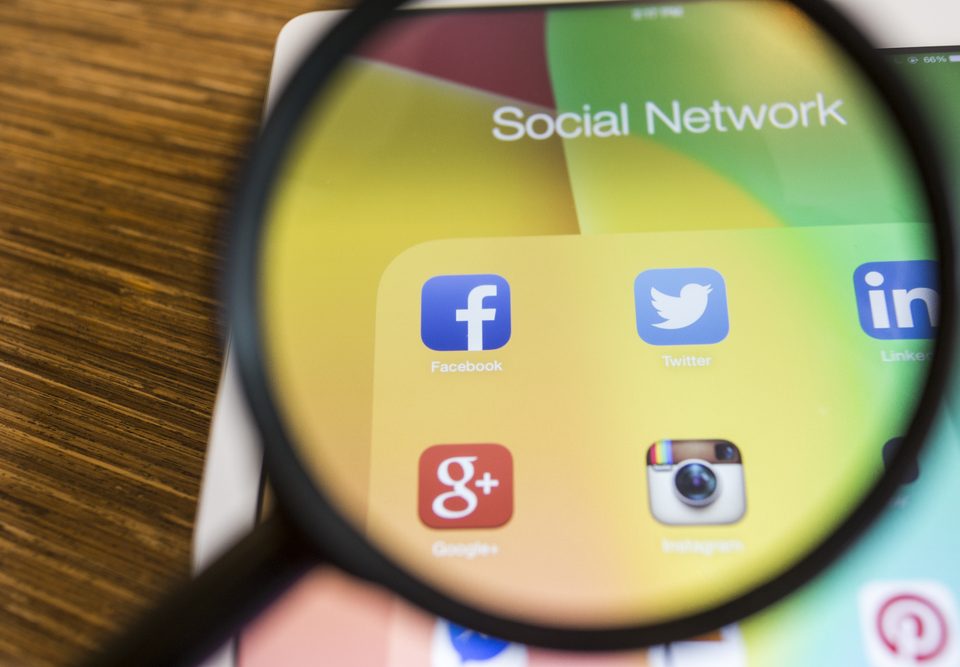
The Power of Listening to Your Child
May 6, 2024
Teen Designated Drivers
May 10, 2024Balancing technology use and physical activity is crucial for the overall well-being of teenagers. Here are some strategies to help achieve this balance:
- Set Limits on Screen Time: Establish clear guidelines for how much time teens can spend on screens each day. This includes time spent on smartphones, computers, tablets, and video game consoles. The American Academy of Pediatrics recommends no more than 2 hours of recreational screen time per day for children and teens.
- Encourage Outdoor Activities: Encourage teens to participate in outdoor activities such as sports, hiking, biking, or simply going for a walk. Getting outside not only promotes physical activity but also exposes them to fresh air and sunlight, which are essential for overall health.
- Lead by Example: As a parent or guardian, model healthy behavior by limiting your own screen time and engaging in physical activities regularly. Teens are more likely to adopt healthy habits when they see adults doing the same.
- Promote Team Sports and Group Activities: Encourage teens to join sports teams or clubs that involve physical activity. Team sports not only provide exercise but also teach valuable skills such as teamwork, communication, and leadership.
- Create Tech-Free Zones and Times: Designate certain areas of the house, such as the dining room or bedrooms, as tech-free zones. Establish specific times, such as during meals or before bedtime, when screens are not allowed.
- Provide Alternative Entertainment: Offer alternative forms of entertainment that don’t involve screens, such as board games, puzzles, art projects, or musical instruments. Encourage teens to pursue hobbies that engage their minds and bodies in constructive ways.
- Involve Teens in Planning Activities: Allow teens to have a say in choosing the activities they participate in. When they feel involved in the decision-making process, they’re more likely to be motivated and enthusiastic about staying active.
- Emphasize the Importance of Balance: Help teens understand the importance of balancing screen time with physical activity for their overall health and well-being. Educate them about the potential negative effects of excessive screen time, such as obesity, sleep problems, and poor academic performance.
- Support a Variety of Activities: Recognize that not all teens enjoy traditional forms of exercise. Support their interests by exploring a variety of physical activities, such as dance, yoga, martial arts, or rock climbing, until they find something they enjoy.
- Monitor and Adjust: Keep track of how much time teens spend on screens and engaging in physical activity, and be willing to adjust your approach as needed. Encourage open communication and be supportive rather than judgmental.
By implementing these strategies, you can help teens strike a healthy balance between technology use and physical activity, setting them up for a lifetime of good habits and overall well-being.
To learn more tips and parenting subscribe to MASK The Magazine, parenting solutions for today’s families
https://www.tools4teaching.com/product/mask-the-magazine/
Or
Did you know that you can add past issues of MASK The Magazine and start your MASK Library –
https://www.tools4teaching.com/product/single-issues-of-mask-the-magazine/



